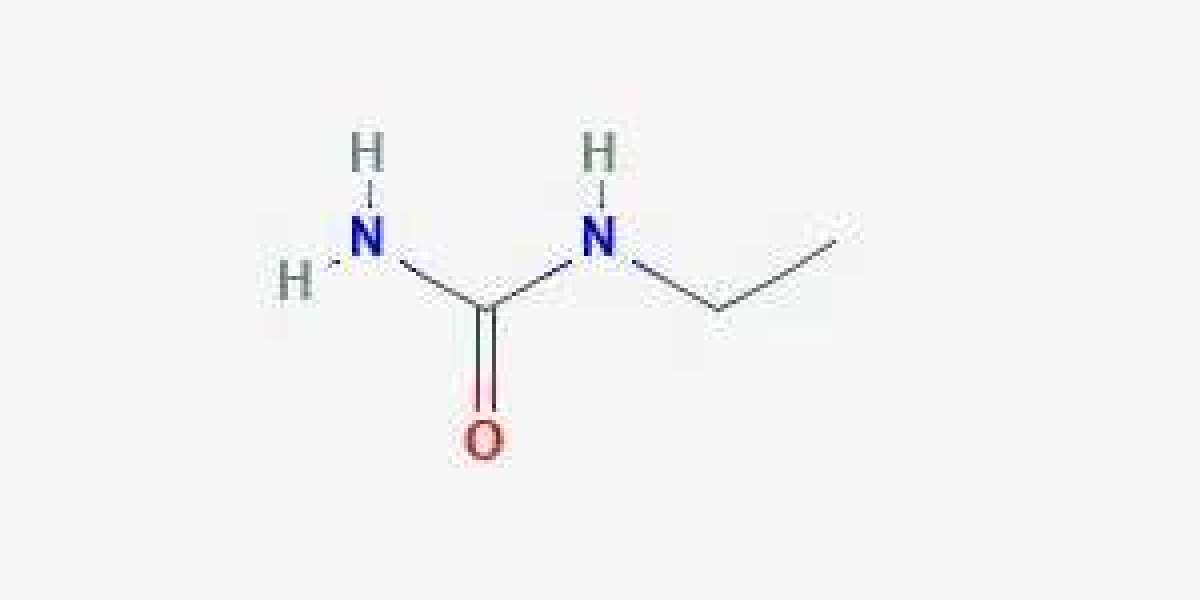What is Thermoplastic Polyurethane?
Thermoplastic polyurethane, also known as TPUs, are a unique category of plastic created via polyaddition reactions between diisocyanates and one or more diols. The term thermoplastic refers to a material that becomes pliable and malleable upon heating and solidifies on cooling. Thermoplastic materials can be melted and molded multiple times and are capable of being reprocessed numerous times without losing structural integrity. The term polyurethane refers to a useful type of polymer joined together by urethane monomers that are produced via the reaction of an isocyanate and a polyol.
Properties of Thermoplastic Polyurethane
Thermoplastic polyurethane blends together the useful properties of polyurethane products with the ease of use and reprocessable characteristics of thermoplastics to form a plastic ideal for applications in a wide range of fields and industries. TPU can be extruded or injection molded on conventional thermoplastic manufacturing equipment, allowing for ease of production.
TPUs have many clear advantages and useful properties, including their abrasion resistance, elasticity, resistance to oils and greases at a wide range of temperatures, impact resistance, and flexibility. TPU is the ideal thermoplastic for low-temperature applications where abrasion resistance and flexibility are required. There are two main types of thermoplastic polyurethanes: polyester-based TPUs and polyether-based TPUs. The two types of TPUs differ in their choice of the soft segment of the chain, with polyester-based TPUs traditionally employing polyesters derived from adipic acid esters, while polyether-based TPUs use tetrahydrofuran ethers. The two types of TPUs also have slightly different properties that can be considered when choosing the ideal thermoplastic.
How Thermoplastic Polyurethane is Produced
Thermoplastic urethanes are produced through the chemical reaction of a polyol (long-chain diol), a short-chain diol that acts as a chain extender, and a diisocyanate. This results in an alternating chain with substituents known as hard and soft blocks. The shorter, hard block portion of a TPU is made up of the chain extender and the diisocyanate and acts as a rigid, polar backbone for the plastic. This results in mechanical stiffness and durability. Methylene diisocyanate (MDI) is the most often used diisocyanate for TPUs, and 1,4-butanediol (BDO) is the most common chain extender.
The hard block segment is often crystalline or pseudo-crystalline, which results in a three-dimensional network of cross-links within the polymer. Covalent bonds form this network, yielding high durability and resistance to wear. Upon heating, cross-links dissipate, allowing for the molding and extrusion of TPUs by traditional manufacturing. The soft block portion is made up of the long-chain diol and produces further flexibility in the thermoplastic polyurethane. By varying the ratio of soft blocks to hard blocks or by varying the identity of the blocks, the physical properties of the TPU in question can be modified.








